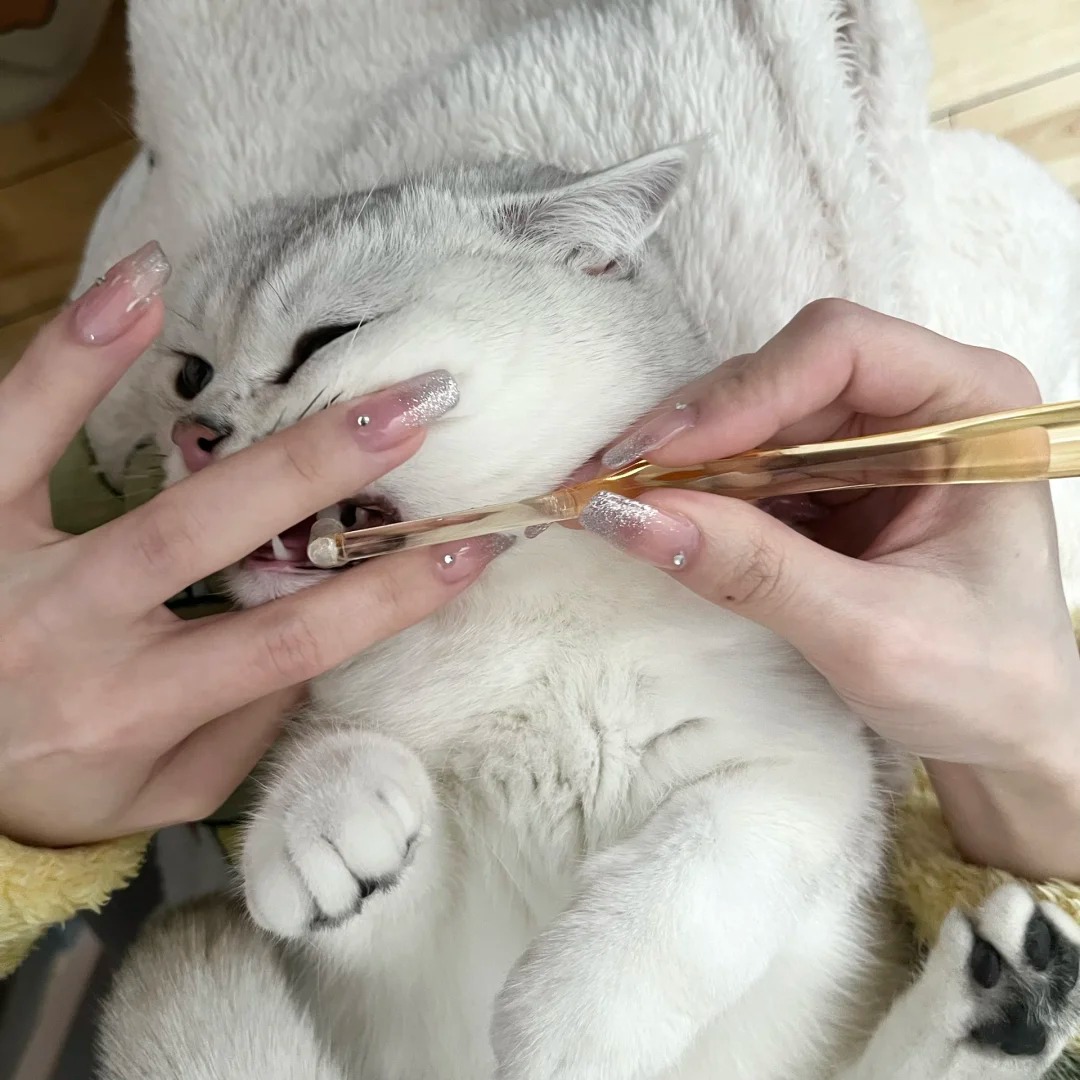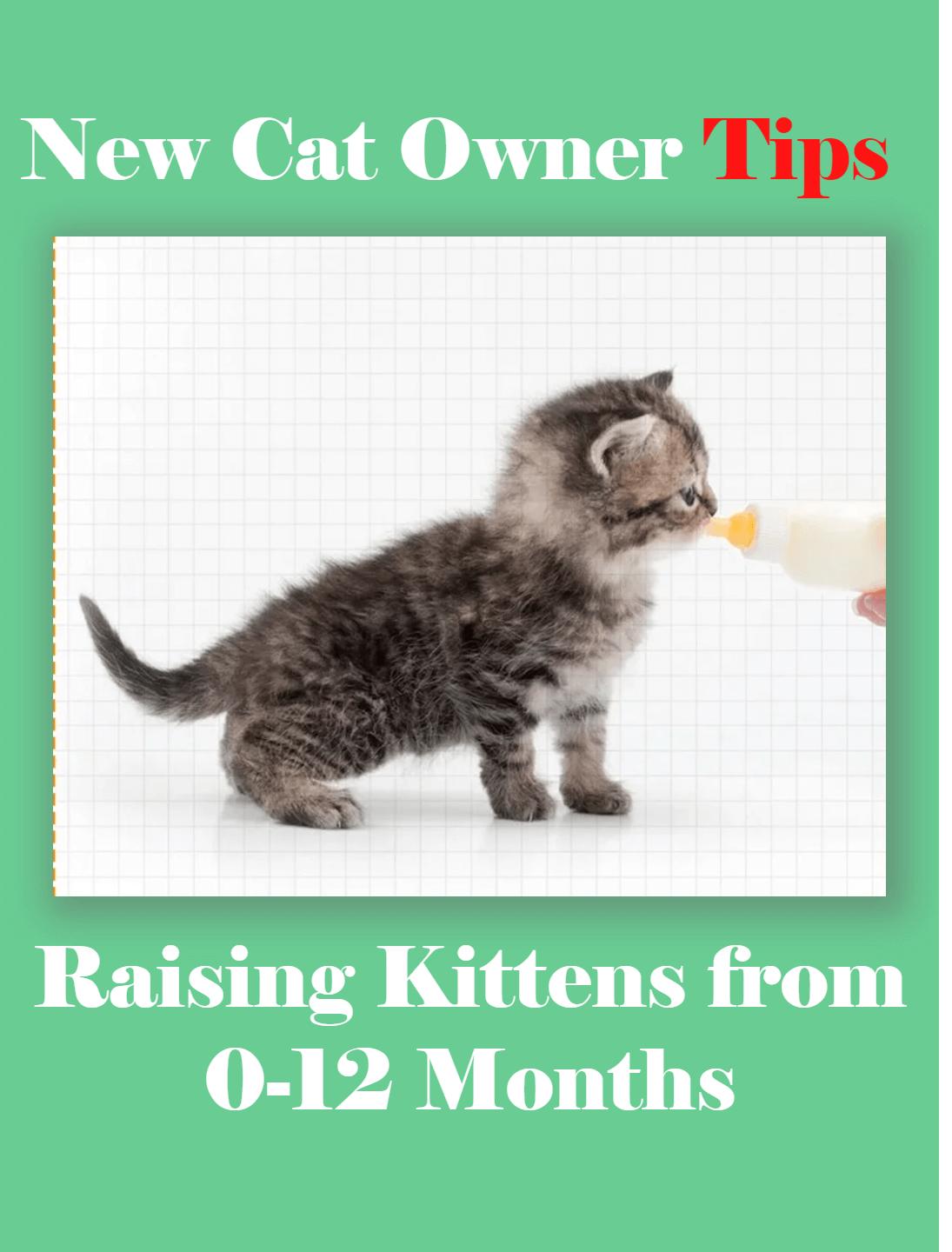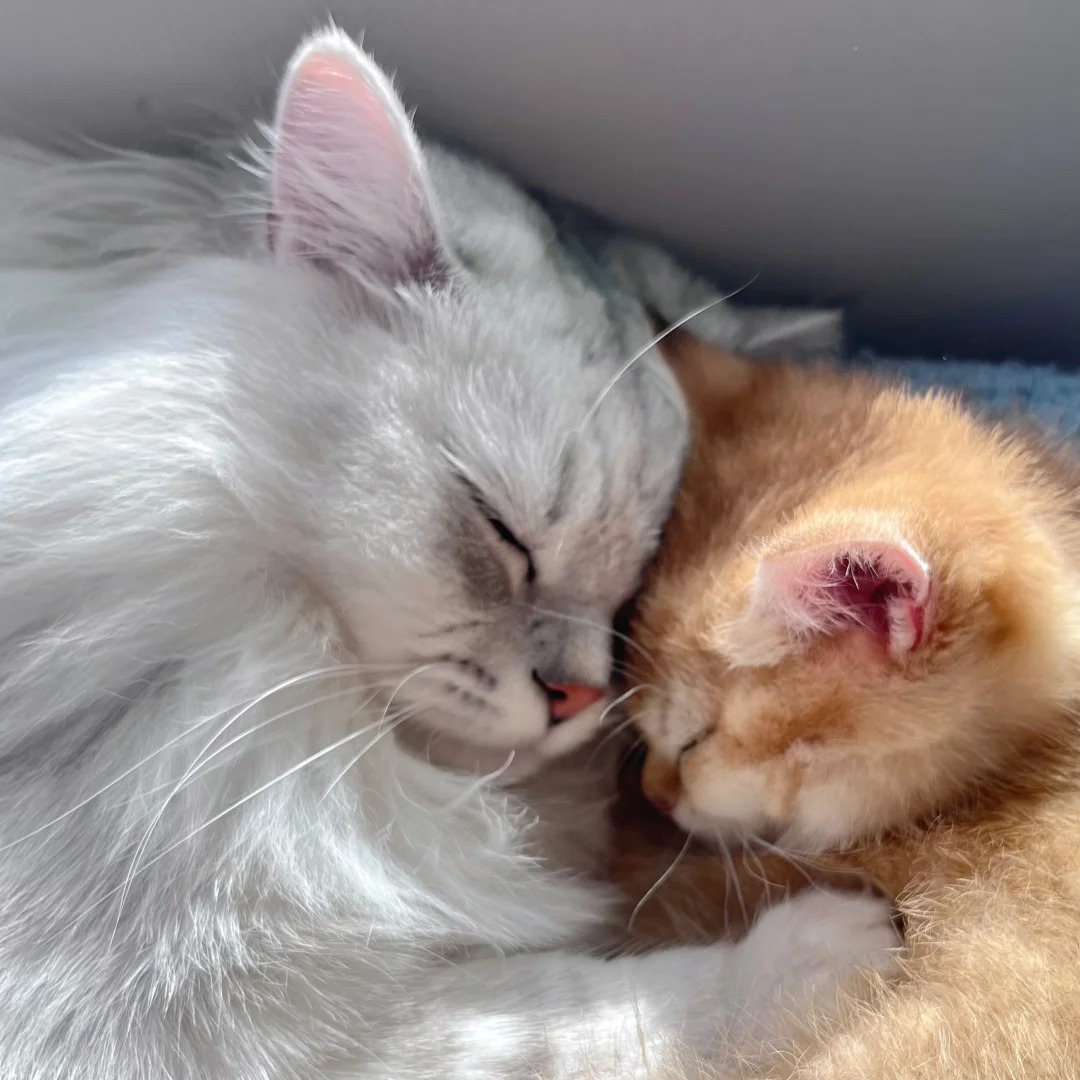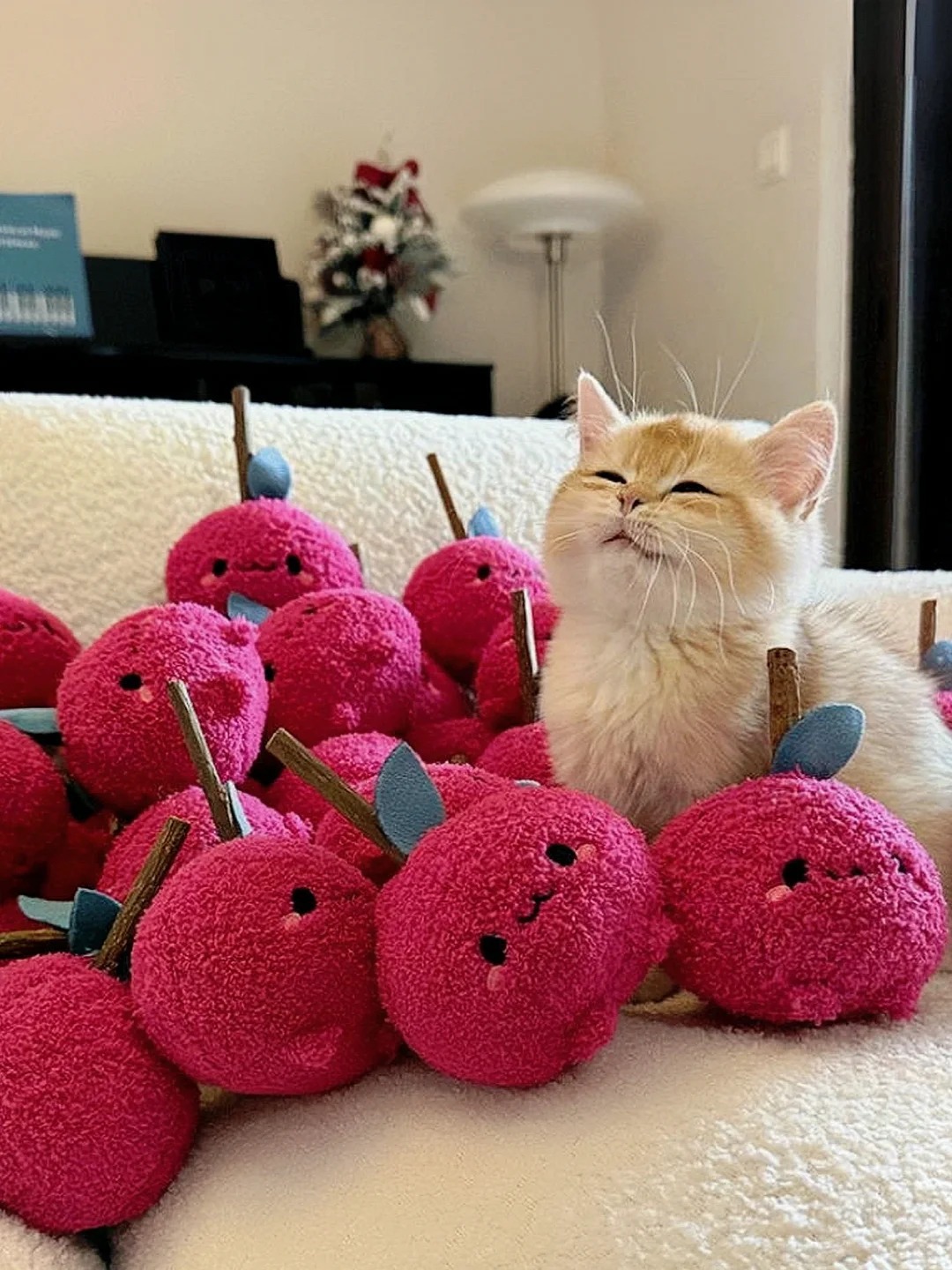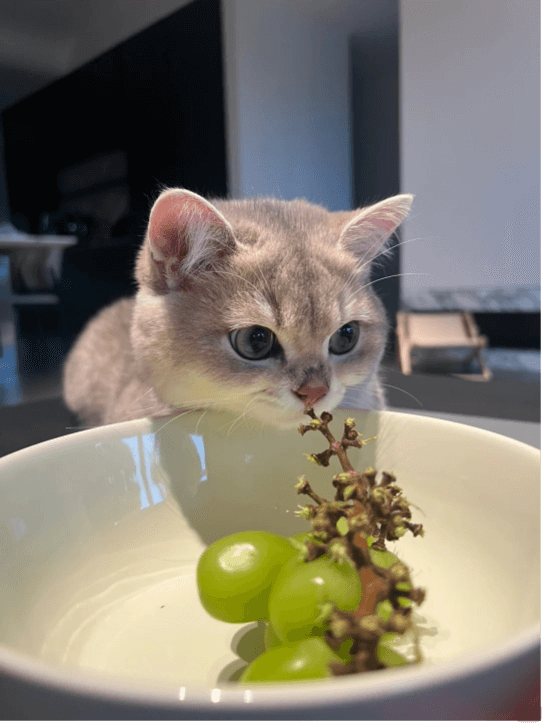The importance of brushing your cat's teeth is probably well-known by everyone. My friends in the group think Momo looks like a fake cat when she gets her teeth brushed 😂😂. I’d like to share some tips to help more cats fall in love with toothbrushing 🐶🐶
Around the time your cat finishes teething, at about five months old, you should start brushing its teeth. The frequency of brushing depends on the actual circumstances; I typically brush Momo’s teeth every two days, but I recommend doing it at least 1-2 times a week. Desensitizing your cat to brushing is important because they generally don’t accept it easily in the beginning.
🪥 **The first desensitization stage** should start when your cat is around four months old and hasn't finished teething. At this point, try to gently open your cat's mouth several times a day. Once she gets used to this, you can start touching her teeth with your fingers (begin with the front teeth and canines, be careful not to get bitten). Once your cat gets accustomed to having her mouth opened and teeth touched, you can move on to the second stage.
🪥 **The second stage** involves getting your cat accustomed to actual brushing. Choose a sunny afternoon when your kitty is a bit sleepy, and get your tools ready—a toothbrush, cat treats, a small blanket, and wet wipes. First, wrap your cat in the blanket like a sushi roll (this step is crucial❗️). Then, put a little bit of cat treat on the toothbrush for your cat to smell. Most cats will start licking it. At this moment, employ your mouth-opening technique and attempt to brush her teeth. It’s normal for your cat to struggle and bite the toothbrush. The treat’s allure will reduce her resistance to the brush. The goal of this stage is to get your cat used to having something in her mouth.
🪥 **The third stage** is regular brushing. Keep your cat wrapped in the blanket, but replace the cat treat on the toothbrush with toothpaste, and brush her teeth normally.
🪥 **The fourth stage**, which many cats may never reach 😂😂, involves brushing without the blanket. Your kitty will have fully transformed into a ‘fake cat’.
🪥 The time it takes to transition through each stage varies, so be patient as your cat gets used to it. Of course, if your cat has issues with being held or touched, it may be best to postpone brushing for now 😂😂. After each desensitization training or brushing session, remember to give a little treat to help your cat associate brushing with a positive experience 🐶🐶. Check the third picture for a proper guide on how to wrap your cat like a sushi roll 😽😽
